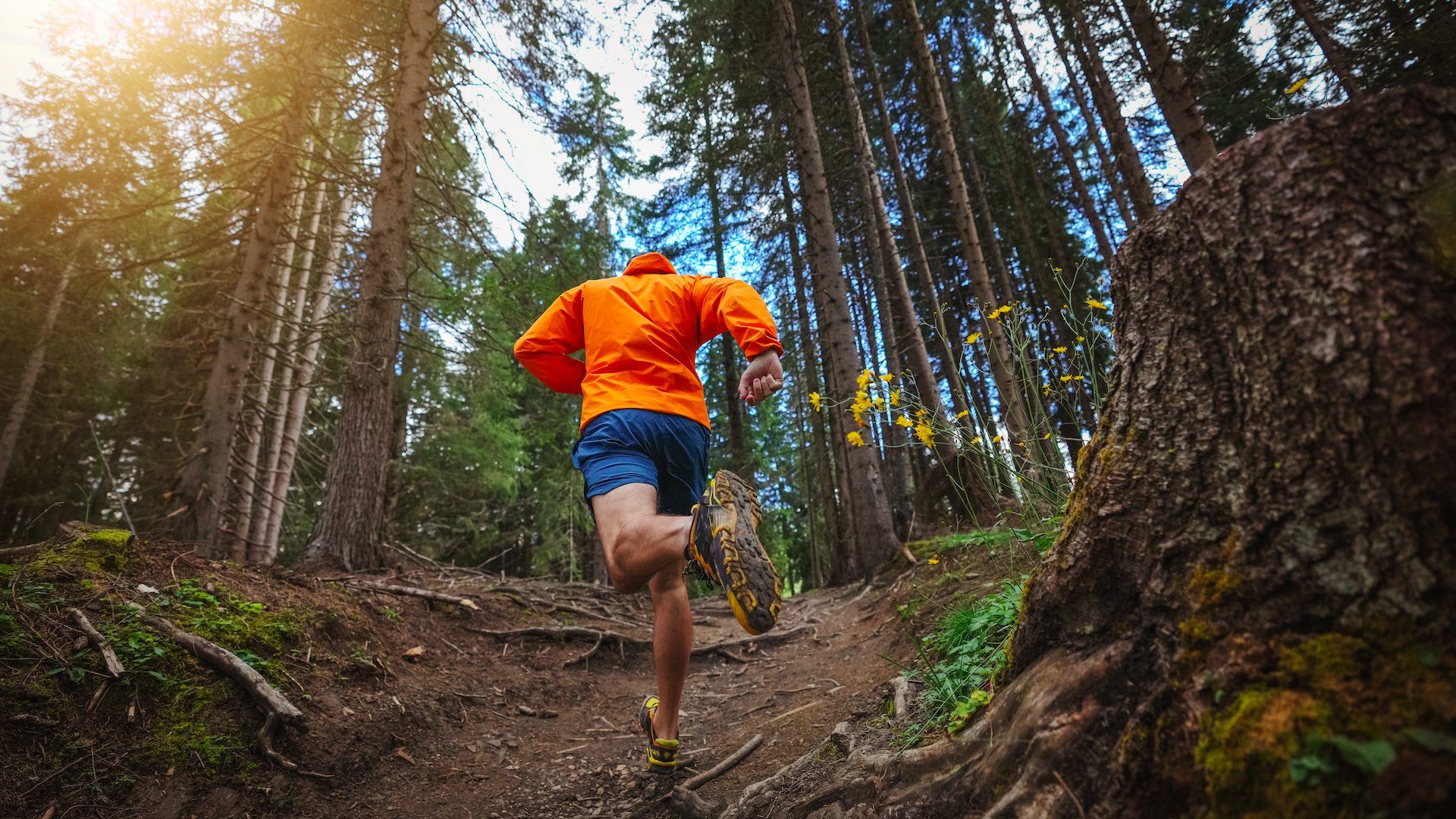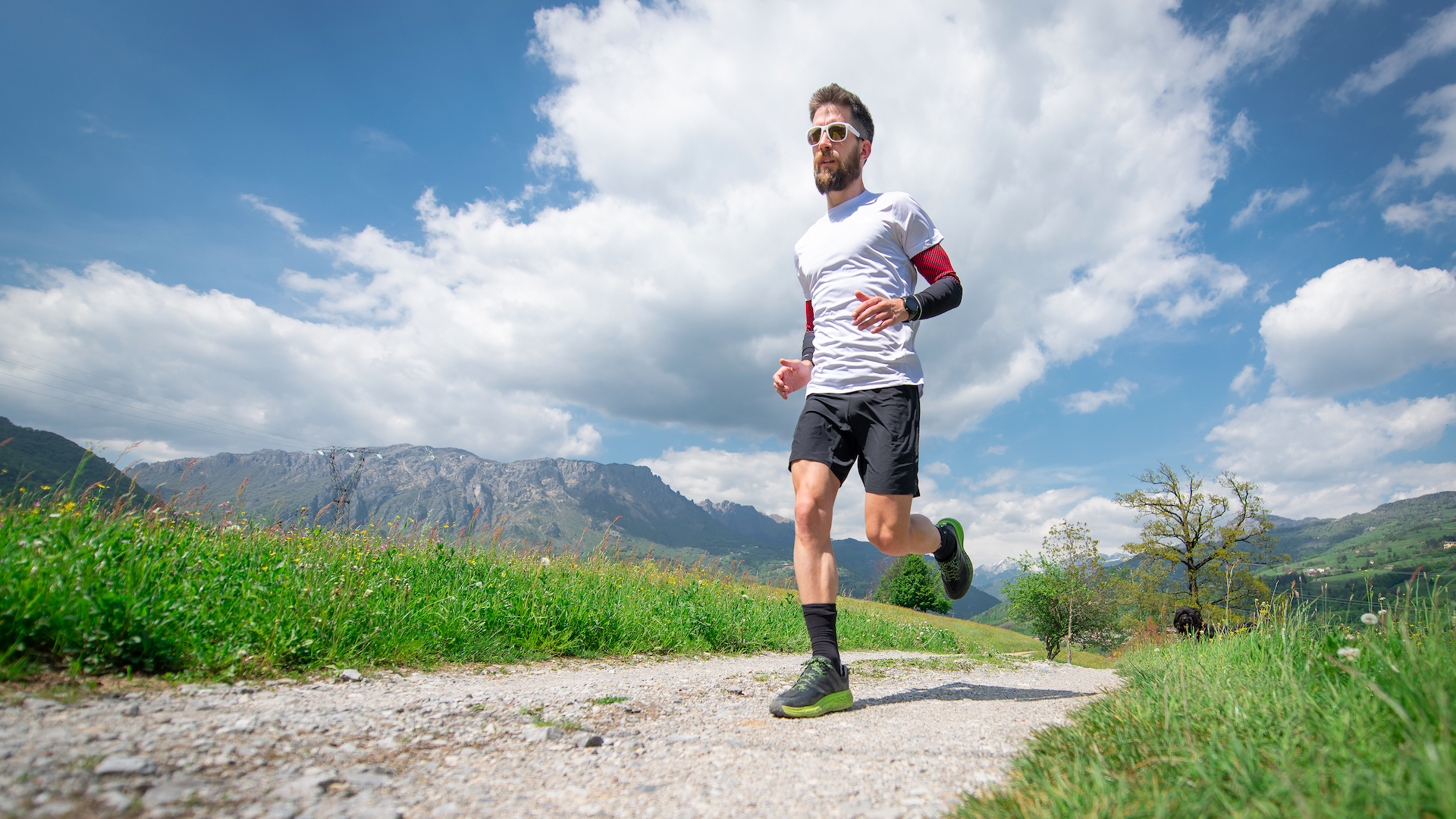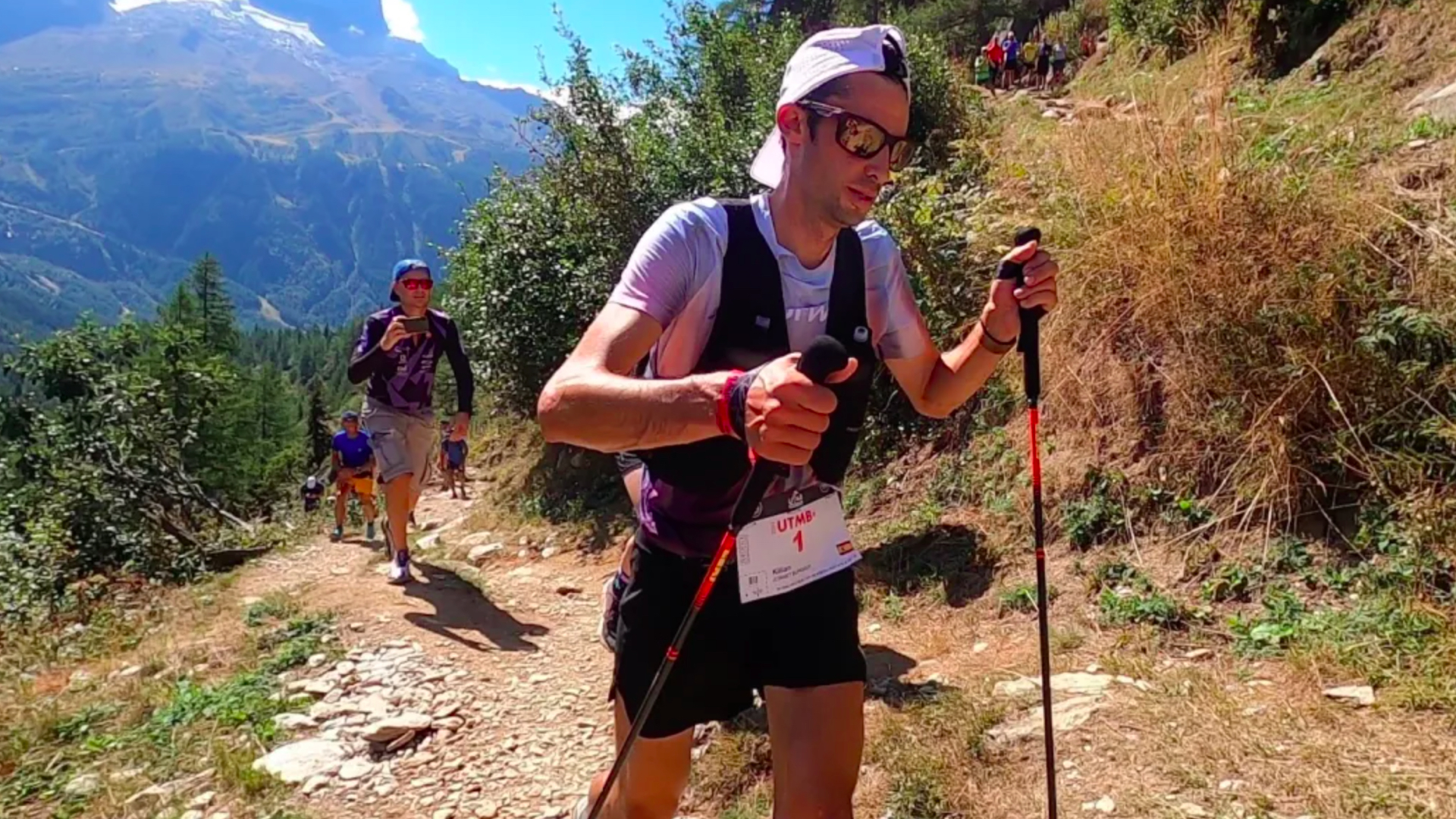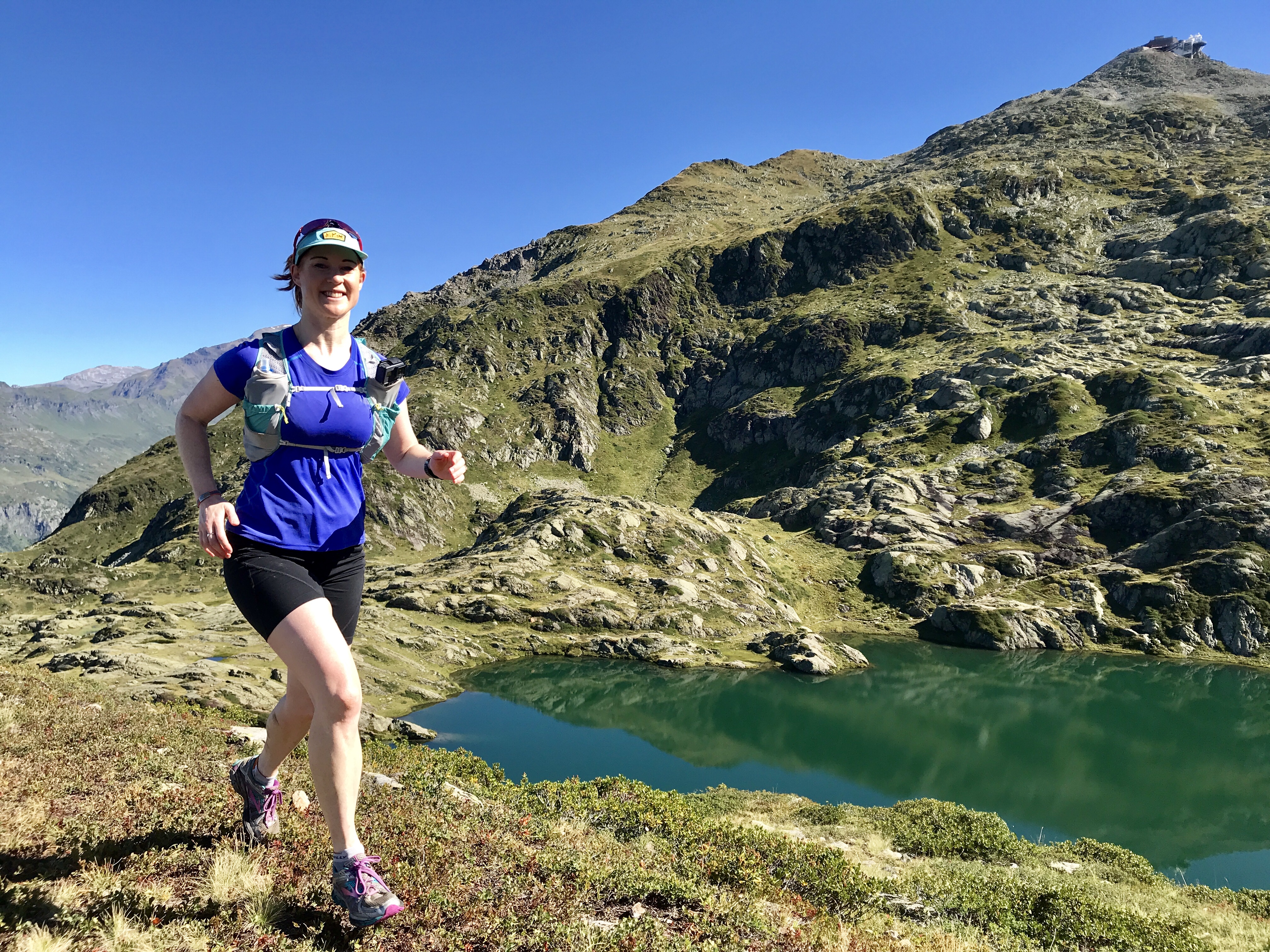5 top pacing tips for trail running and ultras – from professionals and coaches
From holding back at the start to managing your fuel intake, these handy running tips can help you pace yourself on the trails

Pacing is the holy grail of trail and ultra running, especially over longer distances where you need to conserve your precious energy for the many hours – if not days – ahead.
However, after a week of pre-race tapering – when you ease off the intensity of your running, skip the strength work and fill your face with healthy, energy-rich foods (or in my case chocolate buttons) – it’s a struggle not to sprint over the start line shouting, “Hallelujah! The wait is over!”, before accidentally logging a 5k time you’d be proud of at parkrun.
So how do you hold yourself back to avoid becoming a hot mess at the halfway point when there’s still a heck of a long way to go? Luckily, these five seasoned trail and ultra running pros and coaches know the answers.
1. Don’t go off too fast

This gets said time and time again, but starting slowly is absolutely crucial to surviving a trail race or ultra without blowing up. But just how slow are we talking? And does this apply to everyone at every level?
“Going slow in the beginning is so critical for first-time ultra runners,” says seven-time Western States winner and plant-based runner Scott Jurek. “For the more experienced crowd you might need to push in those early stages but in general people tend to go too fast in the beginning and it really comes back to bite them!
“If you’re running too hard at the beginning and not fueling, you’re just creating a disaster waiting to happen, so really hold back to a pace where you can happily talk to those around you on those first 20 miles of a 50-miler. It will feel too slow oftentimes, but that’s important.”
2. Get to know your own pace

Learn what your “go-all-day” running pace feels like in comparison to your all-out parkrun pace. This will help you not only start off slowly without worrying about how fast anyone else is going, but also maintain a speed you can keep up for hour after hour.
All the latest inspiration, tips and guides to help you plan your next Advnture!
“A lot of my runs I do on feel, not on pace, except when I’m training for a marathon which is very different because it’s pace-specific,” says LeJog women’s world record holder Carla Molinaro. “Get to know your body and what feels easy and what feels hard. If you don’t know, maybe find someone and have a little chat to them – ask them what their name is and where they’re from, because if you can talk to them you’re probably going at the right pace. If you can’t tell them what your name is, you need to slow down.
“Starting at the back can also help because weaving through people in the first half will slow you down and it will mean that you finish stronger at the end of the race.”
3. Pace your nutrition

It’s not only your speed that you need to think about. Pacing your fuel intake, and deciding what to eat and drink – and when – is a vital part of successful racing strategy.
“The thing people often make a mistake on is that they don’t start their nutrition early enough,” says leading sports dietitian Renee McGregor, author of Fast Fuel for Running Success, Training Food and More Fuel You. “So people often have it in their mind (and it’s all over the text books) that you’ve got enough fuel in your body for 90-120 minutes of exercise. So people think, ‘Oh I don’t need to take any fuel on until that point.’ But by then you’re already empty, so start your nutrition early.
“If you’re going to be out for several hours, start your nutrition within the first 20-30 minutes, and then keep taking small bites and sips every 30-45 minutes or so. We talk about 30g-60g of carbs for the first three hours, but if you’re doing a longer race I’d be trying for 60g-90g of carbs per hour and keeping on top of that. The average gel is about 20g-25g carbs, and a Jelly Baby has about 5g carbs, a banana is about 25g carbs, a sports drink maybe 30g carbs, so you can start to get a feel for what you need.”
4. Have a game plan

There’s a military saying known as the seven P’s, which means “prior planning and preparation prevents piss poor performance”, and it’s sound advice when it comes to preparing for endurance running too. It’s certainly better than diving headfirst into a race without knowing a thing about the course, such as where the aid stations and cheeckpoints will be.
“On a 100k or a 100-miler you don’t even know whether you’re going to finish or not, so I have a game plan,” says Holly Stables, former GB road marathoner turned ultra runner and Asics Frontrunner athlete/coach. “I know roughly when I want to be at certain checkpoints to make sure I’m not going to negative split [completing the second half of a race faster than the first] this – you are going to get slower, so you need to take that into consideration, too.
“You also need to think about how long you’re going to spend at checkpoints. Some people like to take a long time and some people like to be in and out, but you need to make sure you’ve sorted yourself out at that checkpoint before you leave because it might be a long time before you see your crew again, and this all depends on the type of race and the terrain you’re running on.”
5. Hike with poles

One common trail and ultra running myth to bust wide open is that you’ve only done it properly if you’ve run the whole way. In truth, barely anyone does.
It’s often way more efficient to walk briskly up steep hills rather than run up them – even for the pros – and we call this power-hiking because it sounds more exciting than “walking quickly”. And when the pace inevitably drops, a set of the best running poles can be a handy addition to your kit.
“I’d never been one to use poles for racing but I decided to use poles for UTMB 2019 because they slow me down and make me hike more than run,” says Hayden Hawks, a professional ultra runner and coach from the USA.
“This is a very good thing for a 100-plus-miler like UTMB, because on a lot of those uphills at the beginning of the race I need to be hiking, and I need to be very efficient. Coming from a track background I know how to run very fast 5ks and 10ks, so a faster pace sometimes feels very easy to me. But I also need to recognize how long the distance is, so I definitely need to be a little bit more patient, go out a little slower and focus on eating. I’ve been training with poles, and I will be using them in the race – I think that will help slow me down.”
- Best trail running shoes: for speed and protection on tough terrain
The co-founder and former editor of Trail Running magazine, Claire now runs the YouTube channel Wild Ginger Running, creating films about trail- and ultra-running advice, inspiration, races and gear reviews. An award-winning journalist, writing for outdoor and adventure sports magazines and websites, Claire's first book, The Ultimate Trail Running Handbook (5k to 50k), is out now. Her second, The Ultimate Ultra Running Handbook (50k to 100 miles), is out Autumn 2024. Claire also speaks and presents at events and races.

